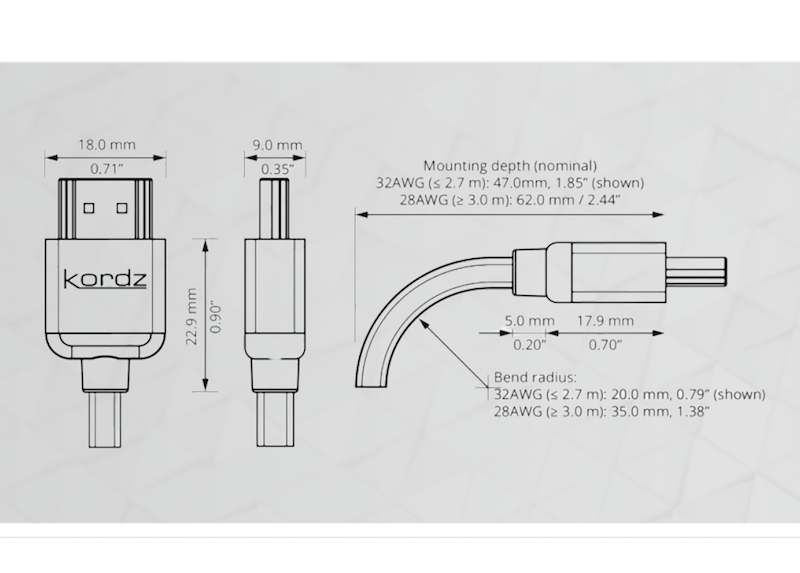HDMI technology has improved the performance of audio and video systems immensely, and it’s the understanding of HDMI features that is the key to systems integrators optimizing their audio-visual setups. Unlike HDMI cables, which physically transmit signals, HDMI features define how these signals are interpreted and utilized by devices. So, whether configuring a home theater, gaming console, or professional AV setup, familiarity with HDMI features empowers integrators to make smarter decisions, ensuring seamless compatibility and optimal performance in their projects.
Despite the industry’s general knowledge of HDMI features, there remains some confusion and little-known aspects of HDMI that are valuable for integrators to keep in mind, which is why Kordz has put together a new article that explores commonly overlooked nuances and intricacies.
The third in Kordz’ popular HDMI Demystified series, ‘HDMI Demystified: Exploring the Features’, delves deep into the technologies behind each specific feature, helping systems integrators choose the best cabling for the job while preparing their AV systems for the future.
Related: Kordz Demystifies HDMI Cable Versions in New Article
Kordz begins by explaining the performance advantages of audio features found in some HDMI cables including Audio Return Channel (ARC) and Enhanced Audio Return Channel (eARC). By understanding the differences and benefits of each attribute to audio reproduction, systems integrators can deliver rich and immersive audio experiences.
The unique features of an HDMI cable also impact video performance, so Kordz breaks down the finer points here, as well, including the cable’s support of Source-Based Tone mapping, Deep Color, High Dynamic Range (HDR), and Extended Display Identification Data (EDID), outlining the impact of these technologies on the viewing experience.
In addition to these core functionalities are a litany of other features that can play a critical role in the performance of an AV system, which Kordz thoroughly explains, including HDMI with Ethernet, Consumer Electronics Control (CEC), Variable Rate Refresh (VRR), and High-Bandwidth Digital Content Protection (HDCP).
“Whether a customer needs basic connections or seeks high-definition perfection, there’s a specific HDMI solution for every project and application,” said James Chen, Kordz managing director. “The trick is selecting the correct HDMI cable for the job and budget, and this third chapter of our HDMI Demystified series provides systems integrators with a shopping list of sorts when selecting an HDMI cable that will ensure optimal performance and interoperability now and in the future.”
To subscribe to future chapters of Kordz’ HDMI Demystified series, or for more information about Kordz, its comprehensive range of professional-grade connectivity products, and free integrator resources, visit www.kordz.com.







![ecobee premium airzone control The ecobee Smart Thermostat Premium. [Photo credit | ecobee]](https://restechtoday.com/wp-content/uploads/2025/06/ecobee-premium.jpg)
![Hub 3_02 The SwitchBot Hub 3 provides a user-friendly solution to the growing complexity of modern smart homes. [Photo credit | SwitchBot]](https://restechtoday.com/wp-content/uploads/2025/06/Hub-3_02-scaled-e1750179791687.png)
